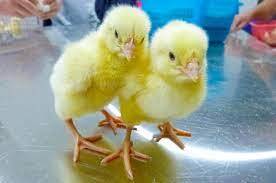The Brazilian chicken industry acted proactively to adapt to the challenges imposed by the market, in 2022 the great challenge was the inflated cost structure, with animal nutrition appearing as the most serious problem to be solved. The housing of breeding chicks was also impacted by the need to discard breeders at the turn of 2021 to 2022. Anyway, the sector managed to operate with very satisfactory margins despite the challenging moment.
From the perspective of demand, 2022 was a year of strong domestic consumption of chicken, something understandable given the loss of consumption power of the Brazilian population. The marketing logic pointed to the preference for products that cause less impact on average income, exactly the case of chicken and eggs in the meat sector.
International demand is also generous with Brazilian chicken, with a strong export pace in 2022. The advance of Avian Influenza in the northern hemisphere has offered several opportunities for Brazilian chicken. The leaner production scenario in countries with great production, added to the heated demand, raised the international prices of chicken, a situation that led to strong growth in export revenues in the country.
In this environment, it is quite logical that operating margin growth must occur, even with cost advances in most parts of the country. In the rest of the second semester, the expectation is still of good demand amid difficulties in expanding supply due to the shortage of replenishment (breeding chicks and fertile eggs), which still operate with prices at their historic highs. This is a strong constraint for productive advances over the year.
According to APINCO data, around 559.28 million chicks were housed in July, down 5.45% from July 2021, when nearly 591.5 million head were housed. From January to July, Brazil housed around 3.87 billion chicks, down 3.5% from the same period last year, when around 4 billion chicks were housed.
Animal nutrition costs are still a concern for the activity, considering the current price curve for corn and especially soymeal, squeezing the activity’s operating margin. Fortunately for the sector, demand is responsive and has offered good profitability. Anyway, supply will remain challenging, especially in the South region.

